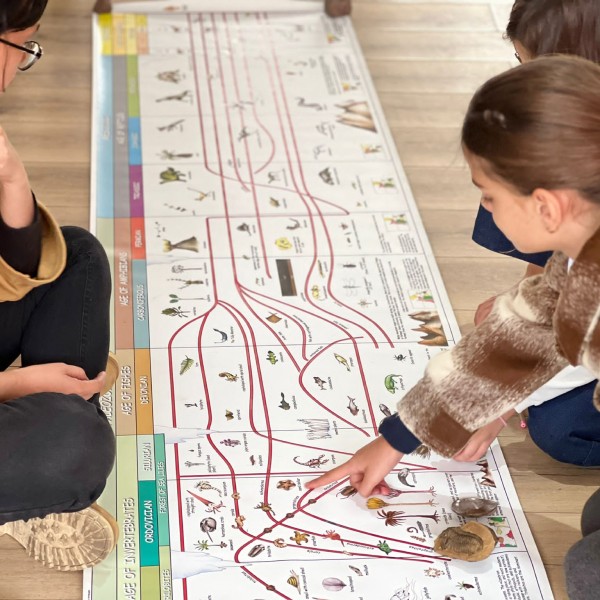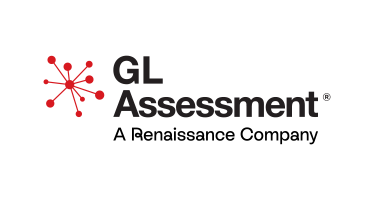Montessori English 5 myths often block clear decisions for families considering bilingual Montessori in Morocco. This long-form guide dismantles each myth with classroom realities, shows what to observe during a work cycle, and offers concrete home routines. Use it to evaluate schools in Marrakech and beyond.
Montessori English 5 myths debunked. Proven realities about immersion, materials, guides, and outcomes in Morocco and Marrakech.
Why the “Montessori English 5 myths” persist
Slogans replace observation. Authentic Montessori relies on brief presentations, a prepared environment, and self-correcting materials. Sit through a full 2–3 hour work cycle and most talking points behind Montessori English 5 myths collapse. What remains is calm, purposeful language woven into real tasks that children choose freely.
Montessori English 5 myths #1: “English in kindergarten causes confusion”
Reality
Under six, children separate language codes if contexts are consistent. They can move from an Arabic rhyme to French sandpaper letters to an English story without mixing the systems. Montessori’s structure—clear routines, defined spaces, and precise presentations—makes boundaries visible and audible, which is why this item belongs in Montessori English 5 myths, not in evidence-based practice.
What to observe in class
-
Stable rituals and zones for each activity.
-
Short English instructions tied to action: “Please wash hands.” “Put away.”
-
Children switching tasks without visible stress or code-blend.
Home routine (2 minutes)
Choose one micro-ritual in English—snack prep or tidy-up—and keep it daily. Consistency beats volume. This small move already counters Montessori English 5 myths about “inevitable confusion.”
Montessori English 5 myths #2: “Circle time English is enough”

Montessori English 5 myths debunked. Proven realities about immersion, materials, guides, and outcomes in Morocco and Marrakech.
Reality
Language growth happens mainly during independent work. Group songs and greetings help, but immersion must meet real tasks: practical life, sensorial work, phonics, early writing, and reading. If English appears only at circle time, the environment is not bilingual; it is bilingual-themed.
What to observe in class
-
Presentations in English using real materials.
-
Shelf labels and picture cards in English.
-
Readers at multiple levels the child can choose independently.
-
Follow-ups in English after presentations.
School questions to print
-
What percentage of the work cycle uses English?
-
Where does English appear on shelves this week?
-
How are English readers sequenced across the year?
This practical lens exposes the second item in Montessori English 5 myths within minutes.
Montessori English 5 myths #3: “Only native speakers succeed”
Reality
Daily, meaningful use—not family origin—drives progress. Gesture anchors language. Understanding precedes output. In a Montessori room, the guide models clear, functional English during presentations and follow-ups. Near-native accuracy plus consistent modeling works well when paired with coaching and language audits.
What to observe in class
-
Guides giving concise English presentations without switching mid-sentence.
-
Children responding to English prompts through action first, then words.
-
Mixed-age mentoring: older children informally support younger peers in English.
Parent scripts (keep it simple)
-
“Open. Close. Thank you.”
-
“Pour. Wipe. All done.”
-
“Your turn. My turn.”
Using these at home steadily erodes the third item in Montessori English 5 myths.
Montessori English 5 myths #4: “Worksheets prove English progress”
Reality
For ages 3–6, worksheets replace hands-on learning and cut concentration. Montessori tracks progress through functional milestones: following English directions, naming objects, blending CVC words, writing with the moveable alphabet, reading decodables, retelling a picture story, presenting to peers. Portfolios, photos, audio clips, and reading logs show growth without busywork.
What to ask the school
-
May I see anonymized observation notes and a sample portfolio?
-
Which decodable readers are in use now?
-
How are grace-and-courtesy phrases practiced in English?
This evidence dismisses the fourth claim inside Montessori English 5 myths.
Montessori English 5 myths #5: “English replaces Arabic and French”
Reality
In Morocco, English complements Arabic and French. The goal is a balanced trilingual pathway, not substitution. A strong classroom shows parallel materials and activities in each language and schedules exposure across the week so children use English meaningfully without erasing home languages.
What to observe in class
-
Reading shelves in three languages.
-
The same task offered at different times in two languages (e.g., guided reading).
-
Respectful transitions; no pressure to perform on command.
When you see this balance, the final claim in Montessori English 5 myths dissolves.
How English fits each Montessori stage
1–3 years: listening and naming
Focus. Songs, stories, object naming, daily rituals in English.
Materials. Baskets of real objects with labels, simple matching cards, photo nomenclature.
Milestones. One-step directions, common nouns, echoed phrases.
3–6 years: phonics and early writing
Focus. Phonemic awareness, sandpaper letters, moveable alphabet, decodable readers.
Materials. Sound games, CVC sets, classified pictures, metal insets.
Milestones. Blends CVC words, writes with the alphabet, reads decodables, uses grace-and-courtesy phrases.
6–12 years: research and composition
Focus. Reading to learn, note-taking, reports, oral presentations linked to Great Lessons.
Materials. Research cards, timelines, grammar boxes, word study.
Milestones. Plans research, writes summaries, presents clearly, expands domain vocabulary.
Designing a realistic bilingual plan (Marrakech)
Environment signals
-
Shelf labels and readers in Arabic, French, and English.
-
Moveable alphabet sets for each language.
-
Practical-life trays with English nomenclature.
Schedule signals
-
Uninterrupted 2–3 hour work cycle.
-
English in presentations and follow-ups, not just circle time.
-
Clear distribution by guide, half-day, or area.
Staffing signals
-
AMI/MACTE-credentialed guide plus trained assistant.
-
Ongoing coaching, language audits, low turnover.
-
Parent observation windows each term.
These checkpoints keep your review anchored to evidence, not to the narratives behind Montessori English 5 myths.
Parent observation guide (silent, 15 minutes)
-
Count English presentations during the work cycle.
-
Scan shelves for English readers and labels.
-
Note whether children choose English work spontaneously.
-
Listen for English grace-and-courtesy phrases.
-
Check the flow: few interruptions, long concentration.
If two items are missing, raise them in your conference. This simple method cuts through Montessori English 5 myths fast.
Quick red flags — and fixes
-
Worksheets for 3–6.
Fix: sensorial, practical life, phonics, and decodable readers. -
“Montessori-inspired” with no trained guides.
Fix: require AMI/MACTE credentials and observation rights. -
English limited to circle time.
Fix: add English to presentations, shelves, and follow-ups. -
Crowded, noisy rooms.
Fix: reduce items per shelf, clear floor paths, cap class size. -
No parent observation.
Fix: schedule term windows with written guidelines.
Use this red-flag filter before shortlisting. It directly addresses traps tied to Montessori English 5 myths.
Home support: 10-minute daily plan
-
Minute 1: Greeting in English and plan the task.
-
Minutes 2–5: Picture-book read-aloud (point and name).
-
Minutes 6–8: Practical life in English (pouring, slicing banana, wiping).
-
Minute 9: Clean-up language.
-
Minute 10: Rhyme or song.
Short, repeatable routines outperform long, infrequent sessions and help families ignore noise from Montessori English 5 myths online.
Costs, transparency, and continuity
-
Itemize fees. Tuition, materials, readers, outings, uniforms, meals, aftercare, transport, VAT.
-
Ask for inventories. Which English materials are funded this year? Replacement cycle?
-
Continuity plan. Exposure across cycles (3–6, 6–9, 9–12).
-
Family partnership. Workshops, printable picture cards, library lists, and monthly read-aloud themes.
Internal links
External resources (dofollow)
-
Association Montessori Internationale (AMI) — training and standards
-
UNESCO — child-centered learning principles
-
UNICEF — quality learning environments
Conclusion
The loudest claims inside Montessori English 5 myths fade when you watch authentic practice: brief presentations, long independent work, and calm, purposeful language. Choose schools that prove immersion during the work cycle, not only in songs. Build simple home routines. Track functional milestones. This is the steady path to confident English in a Montessori journey in Morocco.







